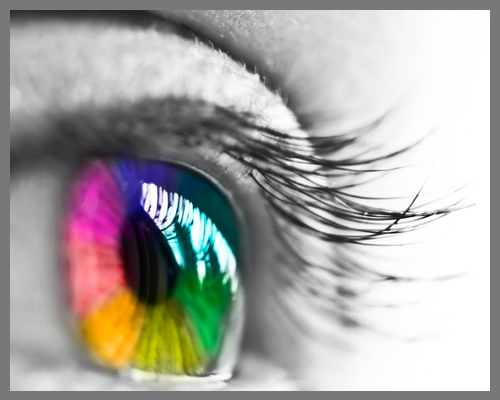

When the color-sensing pigments in the eye cause a difficulty or an inability to distinguish colors Color blindness occurs.
The majority of people who are colorblind can’t distinguish between red and green. Distinguishing yellows and blues may also be problematic, although this form of color blindness is less common.
Color vision deficiency and not know it. Some people figure out that they or their child has the condition when it causes confusion — such as when there are problems differentiating the colors in a traffic light or interpreting color-coded learning materials.
People affected by color blindness may not be able to distinguish:
The most common color deficiency is an inability to see some shades of red and green. Often, a person who is red-green or blue-yellow deficient isn't completely insensitive to both colors. Defects can be mild, moderate or severe.
Seeing colors across the light spectrum is a complex process that begins with your eyes' ability to respond to different wavelengths of light.
Light, which contains all color wavelengths, enters eye through the cornea and passes through the lens and transparent, jellylike tissue in eye (vitreous humor) to wavelength-sensitive cells (cones) at the back of eye in the macular area of the retina. The cones are sensitive to short (blue), medium (green) or long (red) wavelengths of light. Chemicals in the cones trigger a reaction and send the wavelength information through optic nerve to the brain.
Color blindness has several causes:
Inherited disorder. Inherited color deficiencies are much more common in males than in females. The most common color deficiency is red-green, with blue-yellow deficiency being much less common. It is rare to have no color vision at all.
This can inherit a mild, moderate or severe degree of the disorder. Inherited color deficiencies usually affect both eyes, and the severity doesn't change over lifetime.